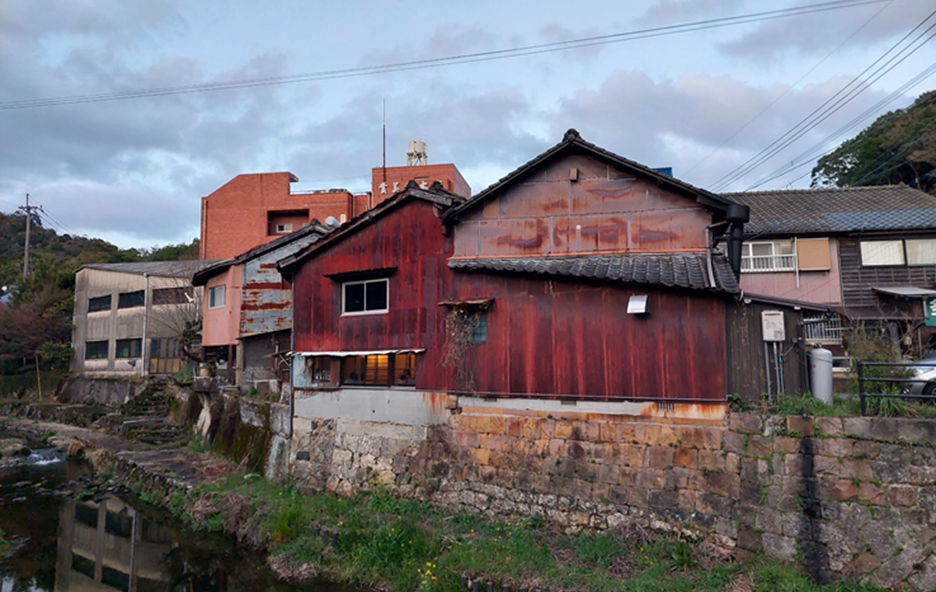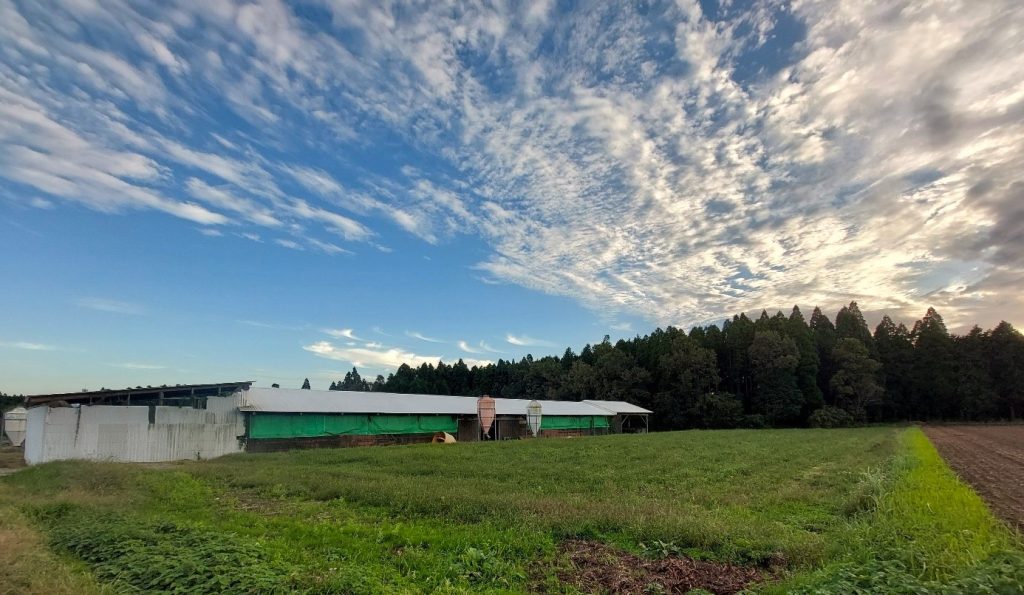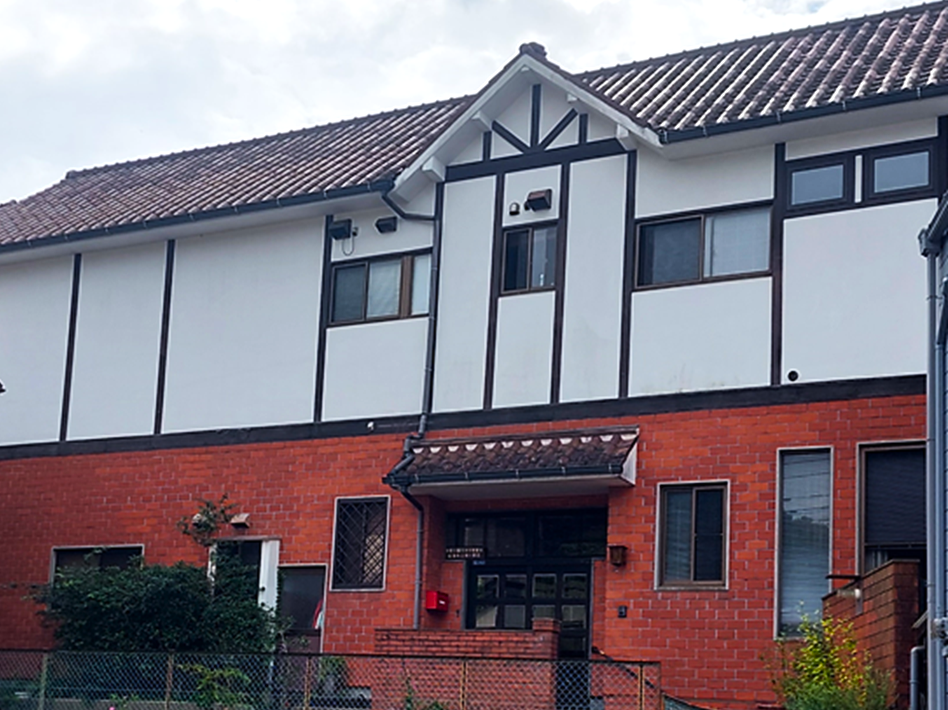by Cornelia Reiher
Twenty years ago, when I lived and worked in rural Kyūshū as a JET Program participant, I was almost the only foreigner in town. The JET Program aims to promote international exchange between Japan and other countries, and the foreign participants work temporarily as English teachers or as international relations coordinators in municipal or prefectural offices. During the field research for this project on domestic urban-rural migration, I found that rural Japan has become much more diverse compared to the early 2000s. Not only the number of domestic urban-rural migrants, but also the number of foreign residents in rural areas has increased. These include long-term residents such as marriage migrants from various countries, but also temporary migrants such as women with “show business” visa, certain skilled workers, technical interns from Southeast Asia and migrants from Europe, North America and Australia who teach English or work in the field of cultural exchange (Faier 2007; McConnell 2000; Oishi 2021; Uekusa and Lee 2020).

Copyright © Cornelia Reiher 2023
Rural regions in Japan are increasingly perceived by urbanites as a field of experimentation where diverse lifestyles are possible and people are happier because they can contribute to and even bring about social change (Klien 2020). But whereas domestic urban-rural migrants receive financial and other support to attract them to rural areas, this is not always the case for other groups of migrants.

Copyright © Cornelia Reiher 2022
Technical intern trainees, for example, migrate to Japan temporarily through Japan’s Technical Intern Training Program (TITP), a short-term labor rotation system established in 1993 with a stated objective of transferring skills to workers from East and Southeast Asia. At the end of 2022, 324,940 people were employed through the TITP. In my field sites, the number of technical intern trainees far exceeds the number of domestic urban-rural migrants. In the countryside with its aging population, many technical trainees work in agriculture. They often live on the farm in remote areas without access to public transport. Although essential for rural economies, they do not enjoy the same freedom of movement, economic benefits and rights as domestic urban-rural migrants or transnational migrants with a different visa and are mostly invisible in my field sites.

Copyright © Cornelia Reiher 2022
Compared to technical intern trainees, foreign residents from Europe, Australia and North America have a better visa status and economic resources. Although small in numbers, this group has increased in recent years. Roughly speaking there are two groups: short-term residents who are students or participants in exchange programs, as for example artist-in-residence programs who stay a few months, but often visit several times. And there are long-term residents who have settled in the country, bought houses, have a permanent job or have started their own businesses. Some of them are hypervisible because they are often portrayed in the local and regional media as living proof of the attractiveness of Japan’s rural areas. Although not all of the foreigners I spoke to enjoy this status of local celebrity, they all contribute to rural revitalization in various ways, for example by renovating empty houses, running cafes and guesthouses, or coordinating artist-in-residence programs. Some are graduates of the JET program who have decided to stay. Recently, the chiiki okoshi kyōryokutai (COKT) program has also started accepting foreigners who are hired to support other foreigners, for example as technical interns. This is where the JET program, the COKT program and the TITP overlap.

Copyright © Cornelia Reiher 2022
To summarize, all newcomers, whether they are Japanese citizens or foreigners, return migrants or new to rural communities, face different difficulties. However, there are differences in terms of the support they receive and how welcome they are. As local governments have recognized the importance of migrants in sustaining rural communities, this is slowly changing. However, the hierarchy between the different migrant groups in rural Japan is an important issue that needs to be addressed as there will be more foreign workers in agriculture, care and factories in rural areas in the future. Local governments in rural areas will need to pay more attention to their support and welfare.
References
Faier, L. (2007), „Filipina Migrants in Rural Japan and their Professions of Love”, American Ethnologist 34, 1, 148–162.
Klien, S. (2020), Urban Migrants in Rural Japan: Between Agency and Anomie in a Post- Growth Society, New York: State University of New York Press.
McConnell, D. L. (2000), Importing Diversity: Inside Japan’s JET Program, Berkeley: University of California Press.
Oishi, N. (2021), “Skilled or unskilled?: The reconfiguration of migration policies in Japan,” Journal of Ethnic and Migration Studies 47, 10, 2252-2269.
Uekusa, S. and Lee, S. (2020), “Strategic invisibilization, hypervisibility and empowerment among marriage-migrant women in rural Japan,” Journal of Ethnic and Migration Studies 46, 13, 2782-2799.
